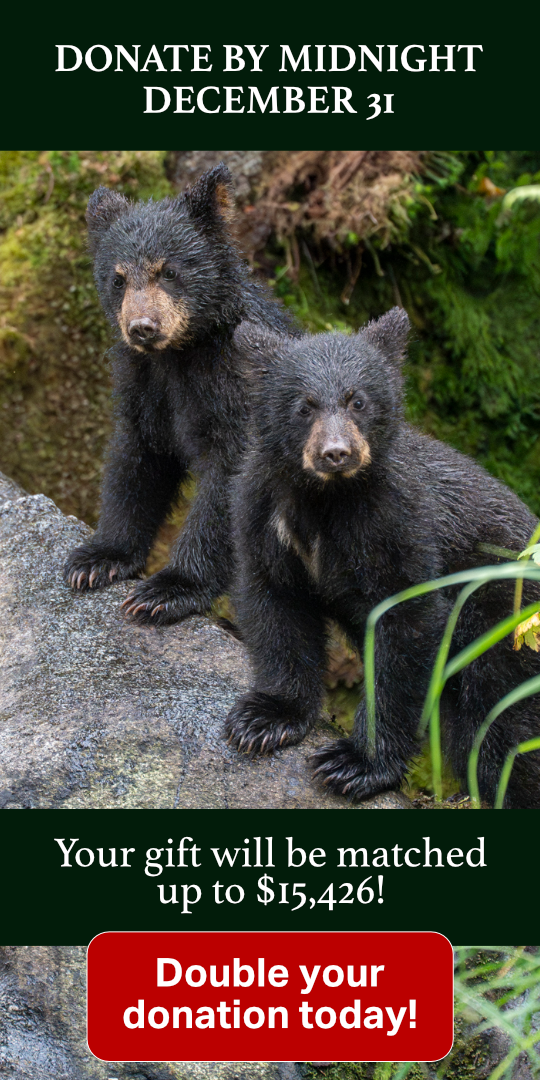Tyson Cross is a volunteer member of Clayoquot Action’s Salmon Virus Sampling Team. He lives and works in Tofino, and took the photo above.
The day prior to departing on this excursion to help monitor wild salmon, I watched a short film clip of Robert Bateman. He said “Think of a place that really means something to you deep in your heart.” He fears that if he were to ask young people this question they won’t have that place, it’s just not there. If people have no contact with nature, not only nature but also humanity will have a very gloomy future. However, one can’t despair—take action, it’s useful!
Tranquil Tribal Park—could a name say more? Most simply, the Tranquil is just something that needs to be experienced. Follow the inlet to the mouth of the creek. Follow Tranquil Creek just a little further in, and you will experience one of those moments that lasts a lifetime.
On the way up Tranquil Creek, a unique songbird was pointed out to Emily Grubb and me by Bonny Glambeck. The American Dipper, the most aquatic North American songbird, is one of the usual suspects to be seen up Tranquil Creek. If you’re a birder you’ll be listening for the pleasing warbles, whistles, and trills. This species is a key indicator of the stream quality in the area in which it resides. Dippers spend a large amount of time underwater feeding on larvae found in streams under rocks—they even have a third eyelid that protects their eyes while underwater!
Words cannot begin to describe the beauty of this area. Even photographs aren’t able to do justice to what is to be seen. The only way into this land for me is by canoe. I found myself reminiscing—envisioning my entire life full-circle, with memories of many years of paddling and living within reach of the canoe portages in Algonquin Park. Yet I felt like I was discovering something for the first time. This place is rightly named, as tranquility is what it naturally exudes.
The journey back down the creek involved paddling through a vast maze of black bears. These are not just any black bears, but the largest I have ever seen on Vancouver Island. These bears are likely the ones that come down from the coastal mountains to feed on the insurgence of salmon. They may be larger due to a diet that may consist of larger prey such as Roosevelt elk. The Roosevelt elk are the largest of all elk, found only in the rainforests of the Pacific Northwest.
I have been given a glimpse of something greater and I need to look no further in the future.
Thank you Clayoquot Action!!!






